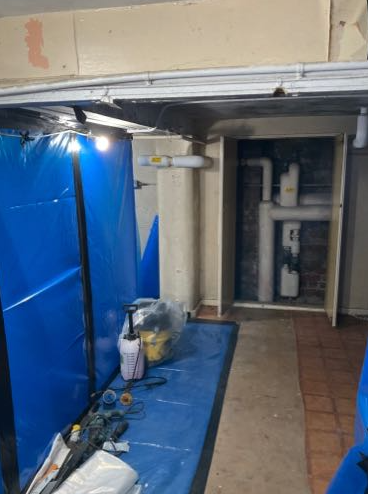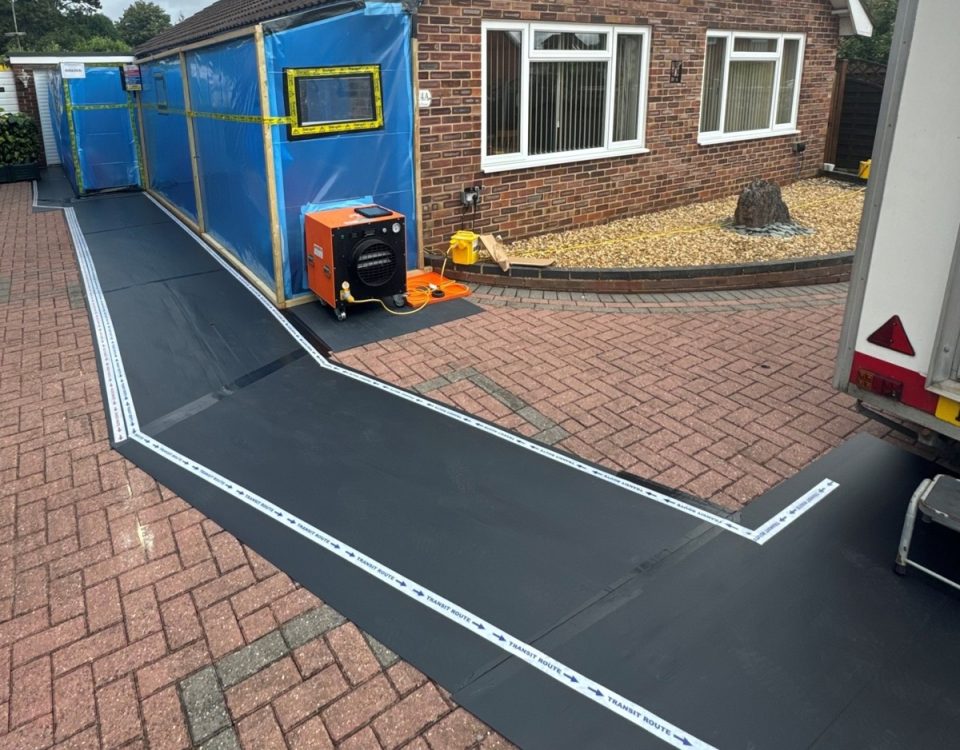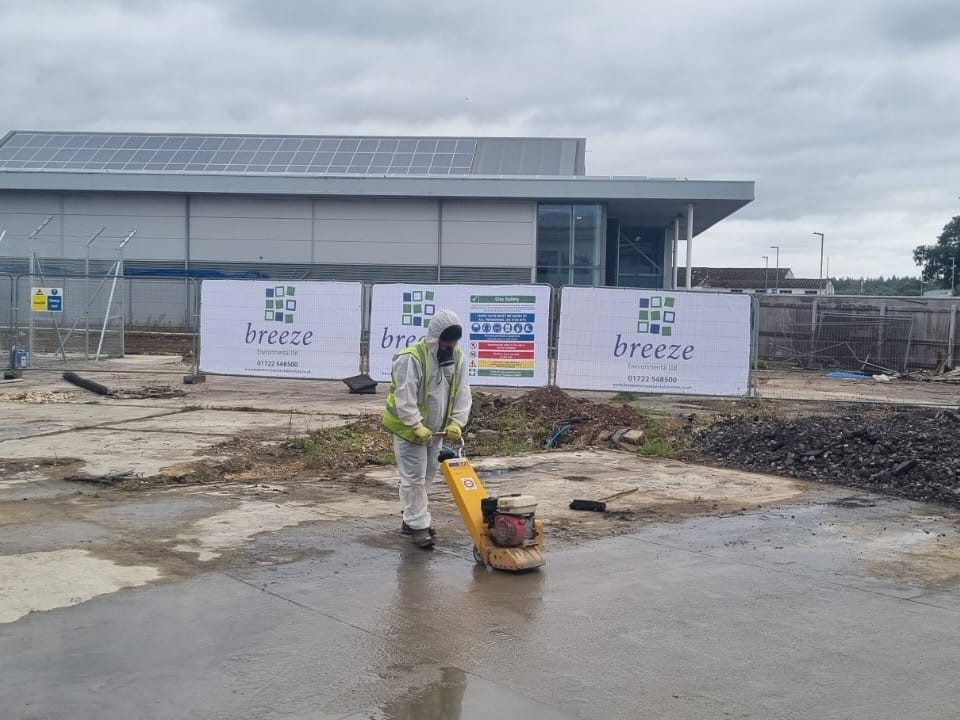Understanding the Requirements for a Refurbishment & Demolition Asbestos Survey

Case Study: Asbestos Roof Sheet Removal from Barns in Alderbury, Wiltshire
May 18, 2020Breeze Has Joined Clearwaste To Prevent Asbestos Fly-Tipping
May 19, 2020I was sat at the computer today and an Asbestos Refurbishment Survey enquiry came through via email. Firstly, I read the email and had a look through all the attachments the client had sent.
There were various exiting plans attached, as well as a photo of the property. So, I emailed the person back and asked for some more details on what refurbishment works they would be having carried out.
We have this problem a lot with asbestos refurbishment enquiries. The main problem is not having a clear scope of all of the refurbishment works that will be carried out, therefore not allowing the asbestos surveyor to carry out his investigations correctly.
It would be the same as asking a painter to paint your house, giving him the street name but telling him to guess the correct house number!
Asbestos surveyors need to know as much detail as possible and we in the office need to know as much detail to provide you with a quotation that has no hidden additional fees, e.g. access equipment.
An Asbestos Refurbishment Survey is an intrusive Asbestos Survey and unlike an Asbestos Management Survey & Asbestos Demolition survey they are a lot more harder to carry out.
An Asbestos Demolition Survey is very easy to carry out, it is fully intrusive as the building is being demolished. We can make as many holes and smash up as many walls as we like to help locate all the asbestos within the building. This survey will locate all the asbestos present in the building before the demolition contractor does his job.
An Asbestos Management Survey is also very easy to carry out. The surveyor will walk through the building looking at any material that may be visible, without making any intrusions to the building. This survey is to help the property owner/tenant/occupier manage their asbestos.
The Asbestos Refurbishment Survey without the correct information is somewhat useless, as the surveyor might not of looked in all the areas that will be getting refurbished.
This is why when we receive an asbestos refurbishment enquiry we always highlight to the client that there might be a potential second visit, and we will always need to meet the client on site to have a walk through and discuss all the intrusions we can make.




